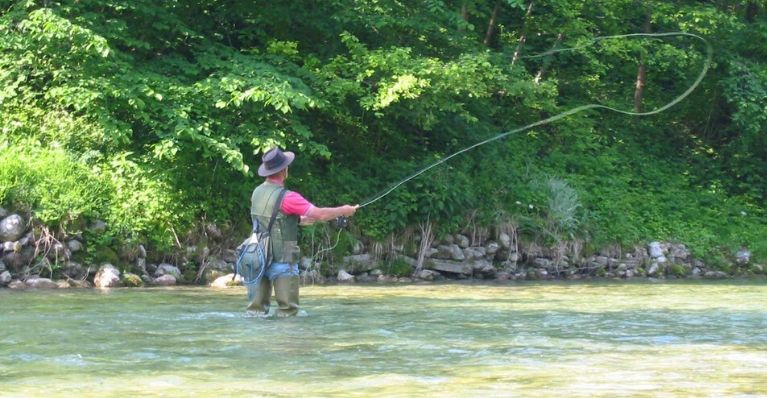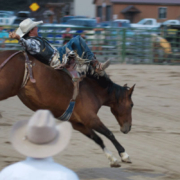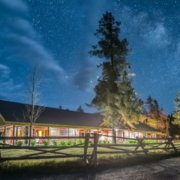Tips for Teaching Your Child How to Cast
The ranch is a great place to take your child on their first fly-fishing trip. The Buffalo Fork River is right outside your cabin door and provides an expansive space to spend as long as you want casting into the lazy flow of the water.
But before that fishing trip, wherever it might be, spend some time teaching your child how to cast. Giving them a few tips and time to practice this critical element of the sport will help them enjoy their time on the water.
Our experienced guides have got a few pointers on what to focus on during those sessions.
Hands On
Any lesson includes a bit of explanation and demonstration. But don’t spend too much time telling or showing. Let your little one get their hands on a rod as soon as possible. You might want to assist on the first few casts, but as soon as you can, step away and let them get the feel of the rod and line.
Shorter is Better
The deficiencies in your casting stroke are magnified the longer the line is out. Let your child build confidence by limiting the amount of line they’re going to cast. Start with 15 to 20 feet of line and let them build a consistent and comfortable cast before increasing the line length.
Go Light
This seems obvious but go with a lighter weight line than you would use. You don’t want to tire your child out too soon or risk an injury. Start with something like a 7- or 8-foot 3- or 4-weight line.
Fun First
While you are giving your child a fishing lesson, let’s remember to keep it fun and light. You’re just helping your child to get the line in front of them. Don’t get too tied up in how they accomplish that task. Take it too seriously and you might ruin your child’s interest in the sport.
Watch the Trees
Pick a spot on the water where you’ve got plenty of clearance from trees that might interfere with wayward casts.
Knotted Up
Depending on your child’s age, ability and temperament, let them try to untangle that first knot. If your child is amenable, offer a few tips. But don’t let them get too frustrated before you step in to solve the problem.
Fish On
You might want to finish the lesson by casting yourself to get a fish on the hook and then let your child reel it in. This lets them get the experience of how a fish feels on the hook and let’s be honest, catching is always more fun than casting.







